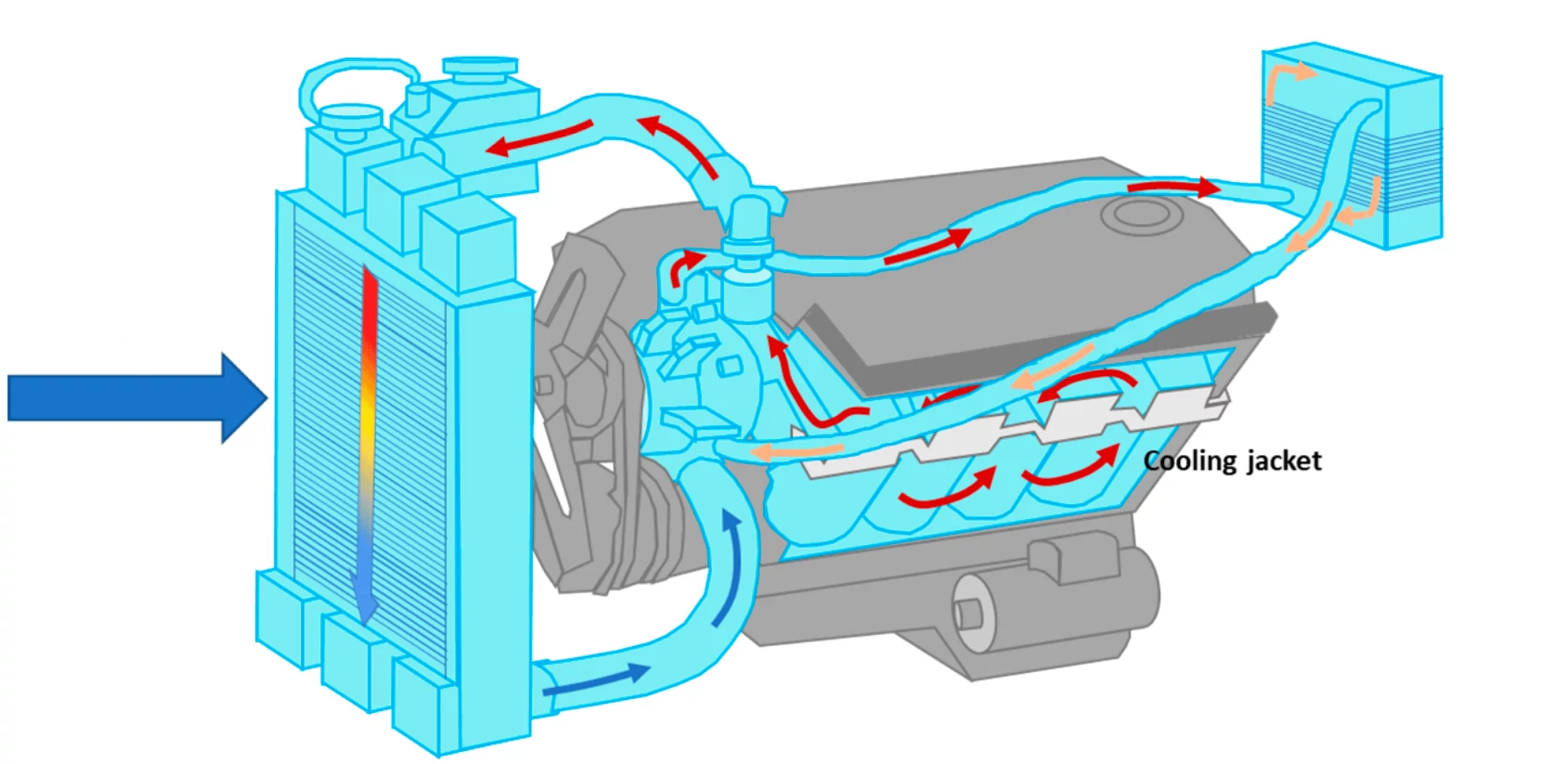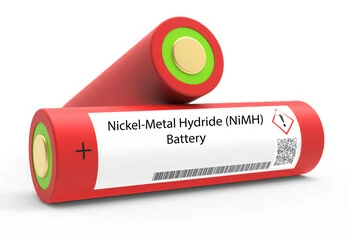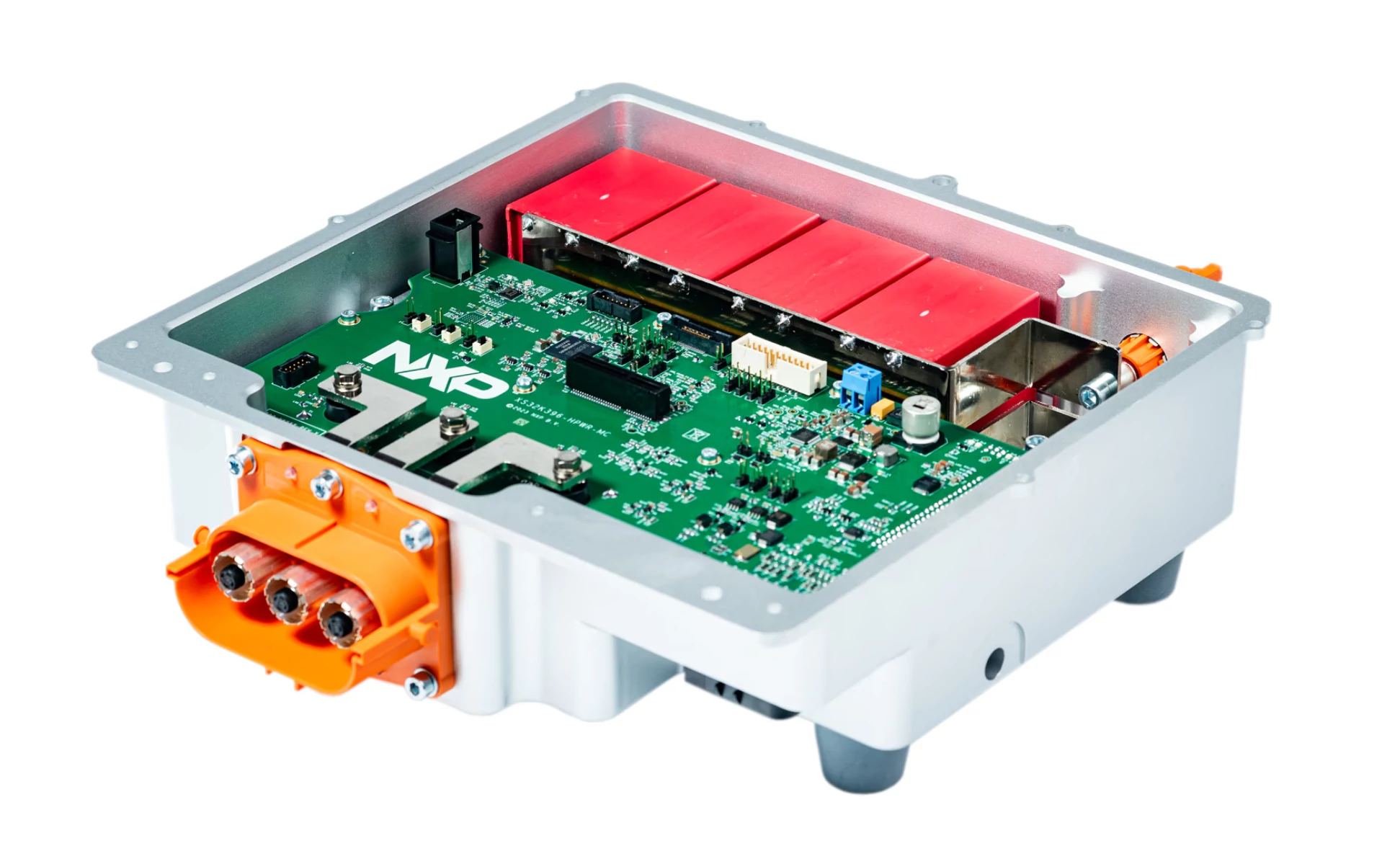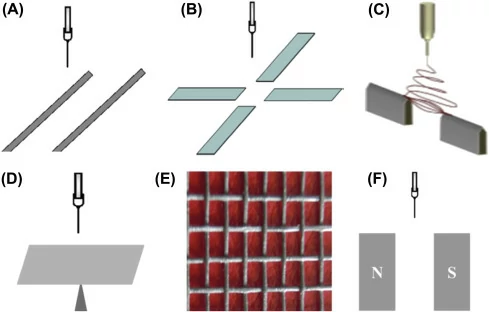Introduction of cooling pump in EPS cooling system 2 In...
Fire emergency power EPS inverter analysis
The Fire Emergency Power Supply (EPS) plays a vital role in the fire protection system, ensuring a reliable power supply in the event of a power outage or failure. EPS inverter is the core component of the system, its main function is to convert direct current to alternating current to support the normal operation of fire equipment. This paper will introduce the inverter of fire emergency power EPS in detail, including its DC input part, inverter circuit, transformer, output filter, control system and protection circuit.
main content
In the design of inverter, the DC input part is its primary link. EPS systems typically use batteries as DC power to ensure rapid power supply in the event of a mains failure. The key to this part is to effectively and stably supply the DC voltage of the battery to the inverter. The input part not only needs to achieve voltage rectification and filtering, but also needs to have overcurrent and short circuit protection functions to prevent damage to the inverter caused by abnormal input current.
The inverter circuit is the core part of converting direct current to alternating current, usually using pulse width modulation (PWM) technology. By controlling the on-off and off-off of switching tubes (such as IGBTs or MOSFETs), the inverter circuit can achieve AC output of different frequencies and amplitude-values. The design of the inverter needs to ensure high efficiency and low harmonic distortion to meet the requirements of fire equipment for power quality. In addition, the inverter circuit also needs to have a good heat dissipation design to ensure stable operation.
In some EPS inverters, transformers are used to achieve voltage lifting and isolation functions. The main function of the transformer is to convert the low-voltage high-frequency AC output of the inverter into the standard AC voltage that meets the requirements of the fire protection equipment, such as 220V or 380V. Transformer selection and design need to consider its power capacity, efficiency and heat resistance to ensure stable power supply in emergency situations. In addition, the insulation performance of the transformer is also crucial to prevent safety hazards caused by electrical failures.
The inverter output filter is used to smooth the AC waveform of the inverter output, reduce the harmonic content, and improve the quality of the output power. The filter is usually composed of inductors and capacitors, and by adjusting the parameters of these components, high-frequency noise and harmonics can be effectively reduced to ensure that it is suitable for the operation of fire equipment. In addition, the filter can also improve the anti-interference ability of the system to ensure stable output in a complex grid environment.
The control system is an indispensable part of the entire EPS inverter, which is responsible for monitoring the input and output state and adjusting the inverter parameters in real time. The control system is usually implemented by microprocessor or DSP (digital signal processor). By detecting the operating state of the inverter, the PWM signal is automatically adjusted to improve the efficiency and stability of the inverter. The control system also needs to have fault diagnosis and alarm functions, and once the system is abnormal, it can issue alarms and take protective measures in time.
The setting of the protection circuit can effectively ensure the safe operation of the inverter and other equipment. Common protection methods include over current protection, over voltage protection, short circuit protection and over temperature protection. Various protection circuits are implemented through various sensors and components such as fuses, and once an abnormal situation is detected, it will quickly cut off the circuit or limit the output to avoid damage to the device. In addition, the reliability of the protection circuit also directly affects the safety of the entire fire emergency power supply system, which must be fully tested and verified.
CONCLUSION
The inverter of EPS of fire emergency power supply is an important link to ensure the normal operation of emergency fire equipment. Through the precise design and optimization of the DC input part, inverter circuit, transformer, output filter, control system and protection circuit, the emergency power supply system can be ensured with strong endurance and high power supply quality in emergencies. This is of great significance for maintaining the safety of fire scene and protecting the life and property of fire fighters.
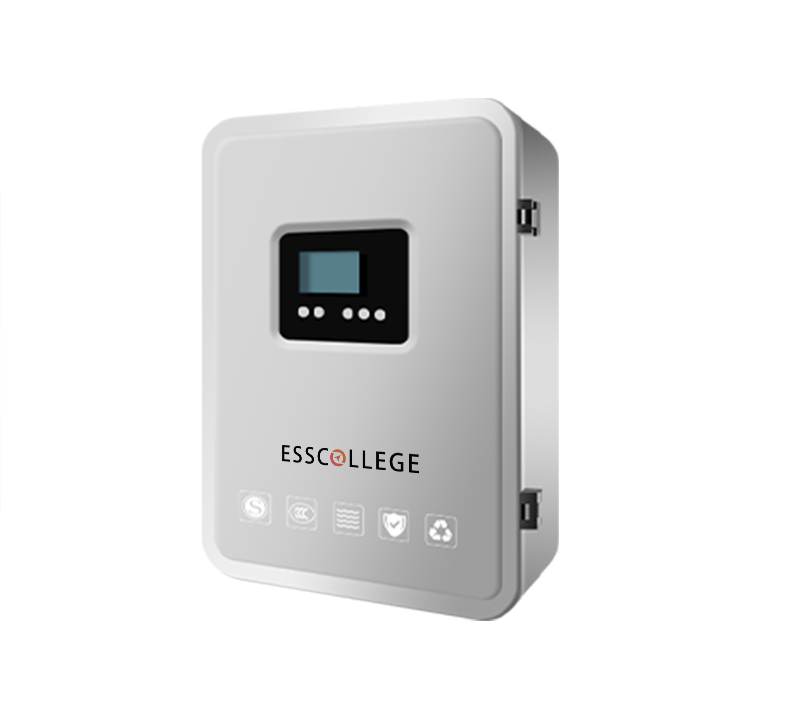
EPS BATTERY SERIES
The centralized power supply for fire emergency lighting is a kind of backup power supply equipment, which provides power guarantee for emergency lighting equipment to ensure that the on-site lighting equipment can operate normally in emergency situations such as fire. Provide a long-term backup power supply to meet the needs of the emergency lighting system.
Extended reading
Battery unit – nickel-metal hydride battery
Battery unit – nickel-metal hydride battery Nickel metal hydride (NiMH)...
How do inverters ensure the stability and continuity of power output in EPS?
How do inverters ensure the stability and continuity of power...
The electrode of EPS battery cell collects fluid
The electrode of EPS battery cell collects fluid The electrode...
Safety valve and pressure release device of EPS battery unit
Safety valve and pressure release device of EPS battery unit...
EPS inverter inverter circuit details – switching components
EPS inverter inverter circuit details – switching components Fire Emergency...
THE ESSC Brand promise
Global supply
Our products sell well all over the world, covering many countries and regions, through the global logistics network, to provide customers with convenient purchasing experience.
Rigorous quality
We adhere to the highest quality control standards to ensure every product meets industry regulations and customer expectations, earning trust through consistent excellence.
Excellent service
With a customer-centric approach, we provide prompt responses, professional support, and personalized services, aiming to deliver the best user experience and long-term value.
